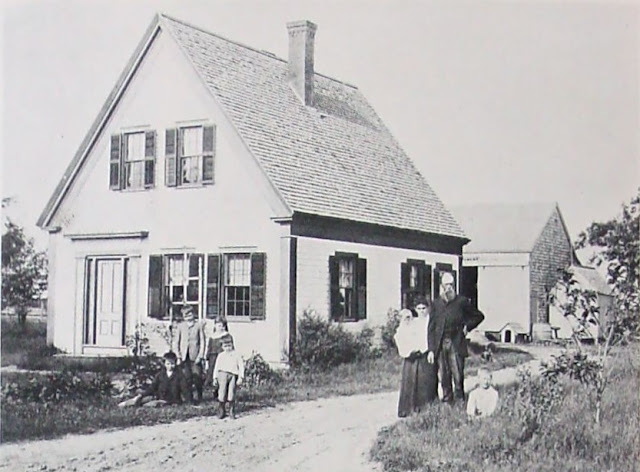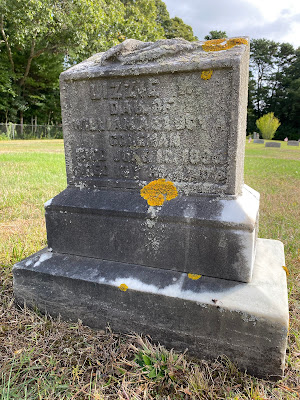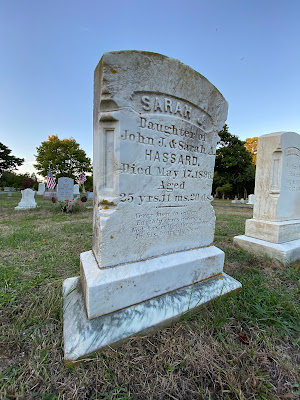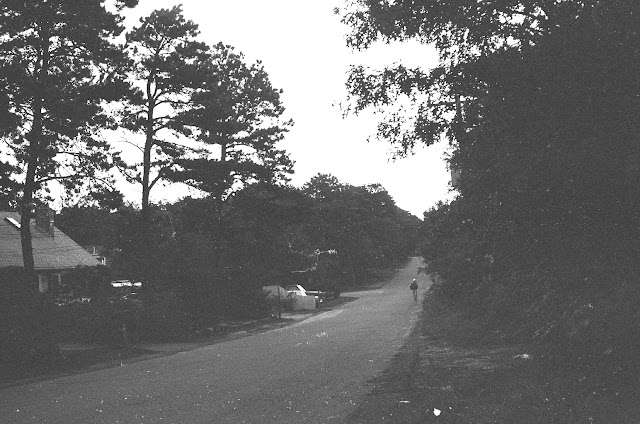“BE THE KIND OF PERSON WHO LEAVES A MARK, NOT A SCAR.”(UNKNOWN)
If you had told me the day I met her that she would still have a huge place in my heart and soul in 2022 I would have smiled and said ‘that’s a good thing.’ If you had then said that I would not have seen her face or heard her voice, in 16 years I would have wondered how both were possible.
How can someone be a part of your life for 2 years yet leave an aura that still wraps snugly around your soul for so long after they have left your life?
I guess timing and circumstances helped, but only in a small way. I had battled a pretty bad period of depression over the previous 18 months before she entered my world like a blazing supernova. When someone shows up and has the power to shake the chain of depression from around your heart you will forever be indebted to them. She took someone that was wounded and broken and made them feel like a complete human again.
I think I knew she was going to end up being a major part of my life’s story from the start. I immediately began chronicling our relationship in a journal. I am so grateful to my younger self for giving me access to that period anytime I see fit. I have memories as vivid today as they were when they first happened. Maybe this is a reason why the moments are clear, her face pristine, and her voice soothing so long after all left my world.
By our third date, I was out of my head in love with this girl. I kept having to pinch myself that she was real. She was everything I had ever wanted, and unlike anyone, I had ever met. We came from 2 different worlds, and different backgrounds, but we clicked. She had a gentle way of speaking that hid a fire that made me feel more alive than I can remember before or since.
I am glad that I never took a moment with her for granted. Those moments were fleeting. There have been plenty of times over the years when I wondered aloud why I was given all I could want but only for a brief time. Maybe it was so that I knew that real love actually does exist. Maybe it was to give me someone to compare every single person I’ve met since.
In the end, it was the distance that smothered our flame. She was merely passing through my world. Quite literally. Her real home was far away and she had just been in my area for the summer. I wanted to marry her. I wanted to move 2,000 miles to bridge the gap. I guess knowing that I was willing to go to those lengths for someone means something.
So again I ask how can someone leave such a huge impact on me in such a short time. And why is she still such an important figure in my life even today?
Yes, I believe that she was every bit of the once-in-a-lifetime type of person that I remember. However, I do believe that timing played a part. Maybe if I wasn’t so broken and beaten when we met I wouldn’t have had so high to climb. Or maybe she was the one beacon of light that I would use to sail my life toward forever after.
I think another major factor is that once we parted ways she vanished. I was so busy soaking in every second of time with her that I have almost nothing physical to remind me of her. There are no photos of us. Only a couple of photos she took of me, or pictures I took with her standing beside me. The one big gift she got me I have lost. It’s what makes those journal entries mean even more.
She has no social media presence and doesn’t have the same phone number, or the same address, so there was no way for me to find her. The mystery makes me go back to our relationship. I romanticize those good times and they grow more important the older I get and the more jaded about love I become.
I have never gotten any sort of closure. I have never gotten the chance to tell her how important she was and how grateful I will always be to her for coming into my life when she did. But then I wonder if not getting closure keeps that flame burning. Not knowing anything about her presently is a curse but perhaps a blessing too.
For me, there is always that far-off hope of a magical comeback. A last-second shot that wins the game. She might just be the Holly to my Michael for fans of The Office. She is the one who got away but the only one that I constantly keep looking for. There’s that small sliver of a chance that she and I are just taking the scenic route back to each other.
I want the way she made me feel, even if I can never see her again. She remains the only person I’ve met that I would consider completely uprooting my life for. There are plenty of times I think that I’d give almost anything for one more day. But what would we be? Would we instantly be those kids in our 20s that didn’t expect each other but loved like nobody else existed? Would we be something better? Older and wiser and ready. Or would it be an unmitigated disaster where we have nothing to hold on to and those great memories get tainted?
I don’t know. Maybe I’ll never know. Maybe that’s the way it’s meant to be. But I’ll always leave a light on for her. And who knows? Maybe someday she will come knocking.
































